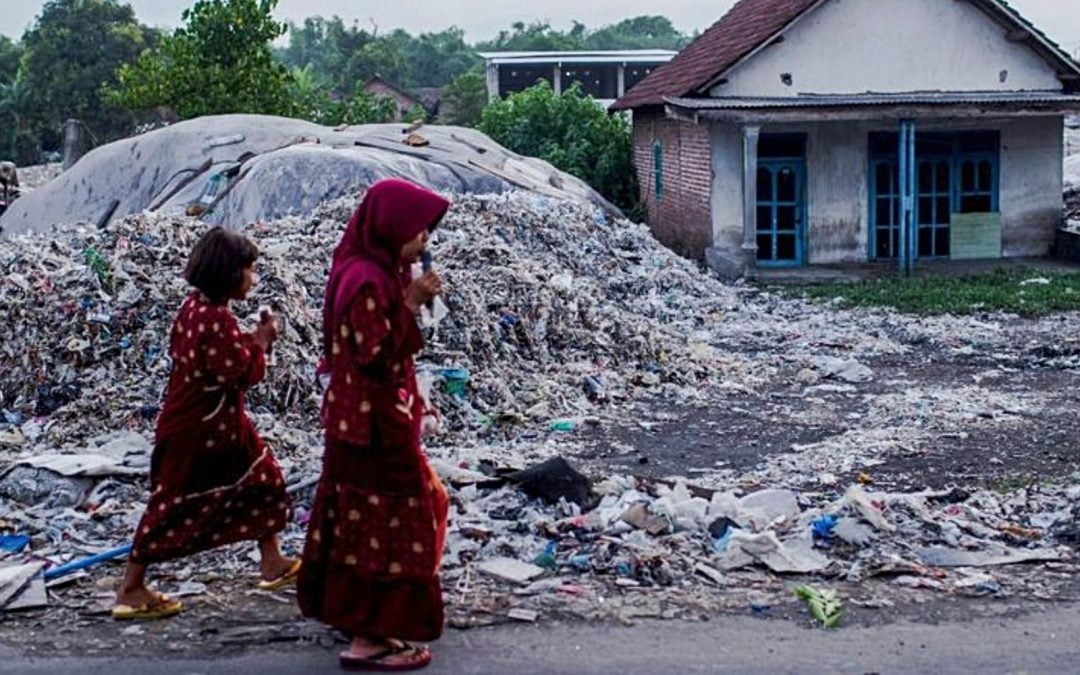A “flood” of plastic is creating untold environmental costs and overrunning poorer nations.
“Discarded,” a report from GAIA – “a worldwide alliance … whose ultimate vision is a just, toxic-free world without incineration” – published April 23 describes the negative impacts of global plastic use, much of which is shipped from nations like the U.S. to be recycled in places like Malaysia, Thailand, Vietnam and Taiwan.
The U.S. is responsible for 16.5% of all plastic recyclable exports from 2016-18, followed by Germany (15.6%), Japan (15.3%), United Kingdom (9.4%) and Belgium (6.9%), according to Greenpeace data analysis published in conjunction with the GAIA report.
“While billed as an environmentally friendly alternative to landfill disposal, the global recycling trade can be a dirty business” due, in large part, to “aspirational recycling,” the GAIA report noted.
Aspirational recycling is when anything and everything is thrown into recycling bins in the hope that somehow the items might be recyclable.
In reality, this approach often taints items that can be more easily and widely recycled, resulting in local recycling operations passing over the items and shipping more difficult to reuse items to other nations.
“In this way, the responsibility of getting rid of the contaminated waste is punted further down the global chain until it lands in the backyards of the world’s poorest waste pickers,” the report explained. As a result, “low-quality, low-value and hard to recycle” items make their way to poorer nations and villages.
An estimated 9 percent of all plastics produced since 1950 have actually been recycled.
This means that a significant amount of technically recyclable material is discarded by processing centers as unusable (due to contamination or lack of facilities to process that type of plastic) and ends up as waste piles in poorer villages.
With China’s 2018 policy to end recycling imports, recycling operations in other countries have been taxed further.
This has increased the likelihood of more plastic ending up in landfills – whether officially designated as such.
Unauthorized (and, thus, unregulated) recycling operations have emerged in nations now accepting the recyclables that once went to China, resulting in further environmental harm when the plastics are not processed properly or at all.
In some locations, discarded plastic is burned to dispose of it, releasing toxins into the atmosphere and creating a public health threat for local residents.
The bad news gets worse given projections that plastic production is anticipated to increase over the next 30 years by four times the total amount produced since 1950.
“Wealthy countries had grown accustomed to exporting their plastic problems, with little thought or effort to ensure that the plastic they were exporting got recycled and did not harm other countries,” the report said. “North Americans and Europeans exported not just their plastic waste, but the pollution that went with getting rid of it.”
The full GAIA report is available here. The full Greenpeace data set is available here.


